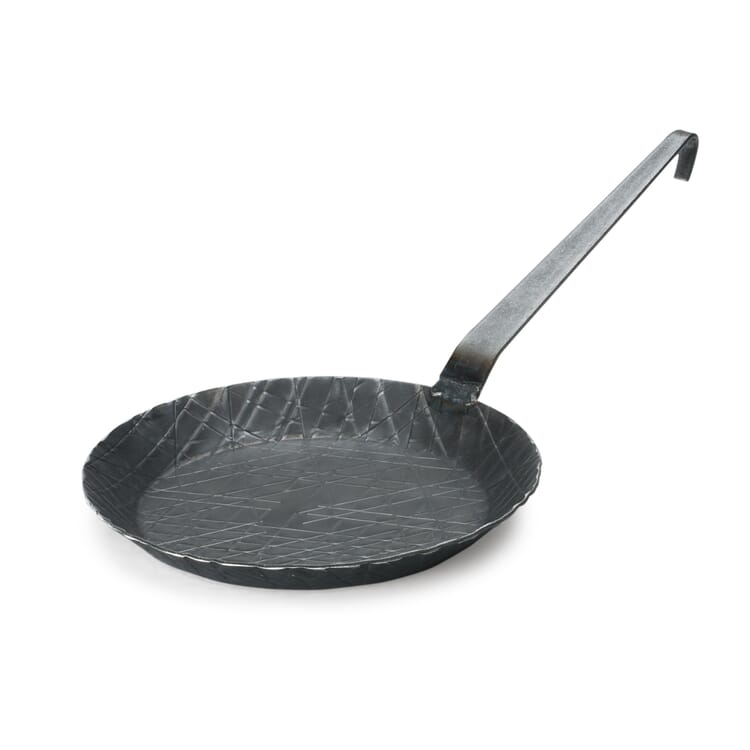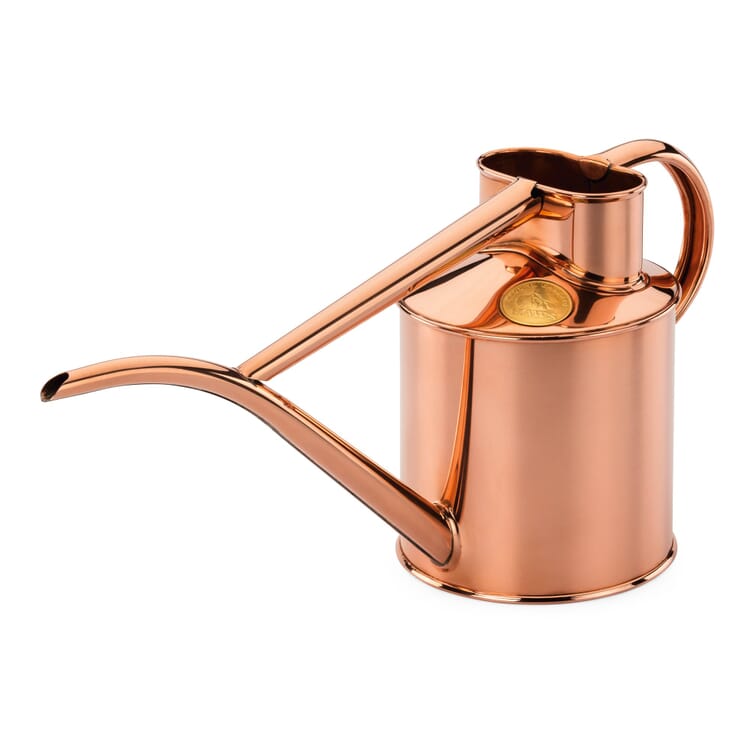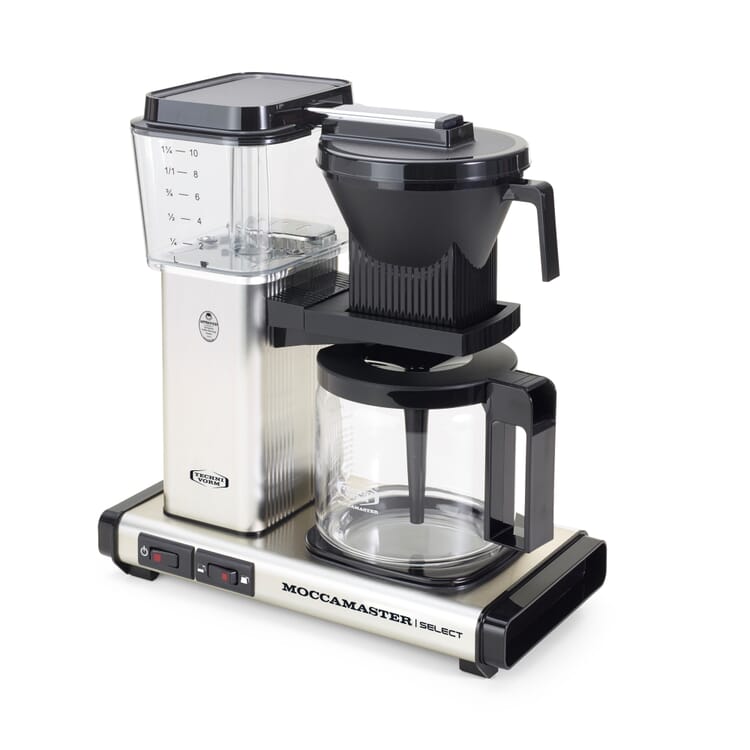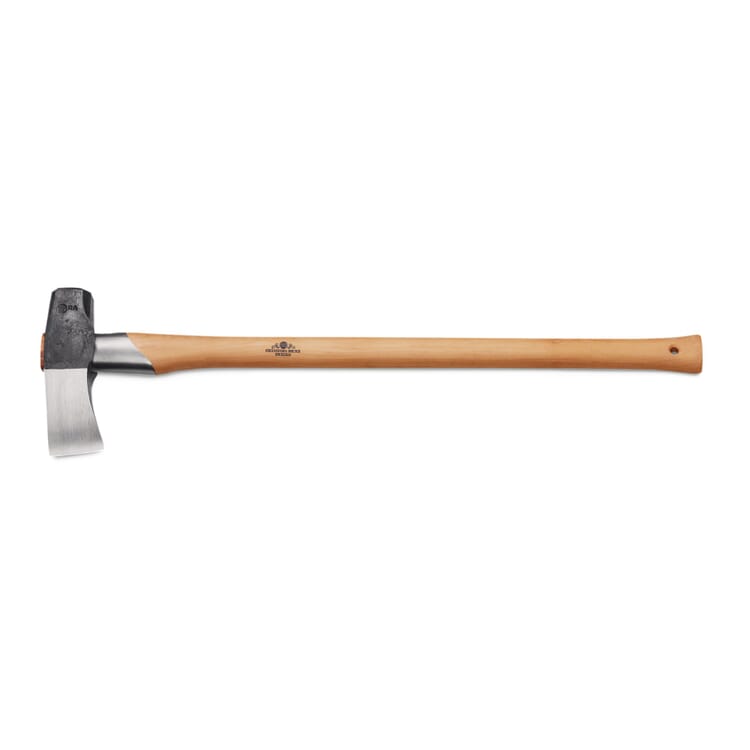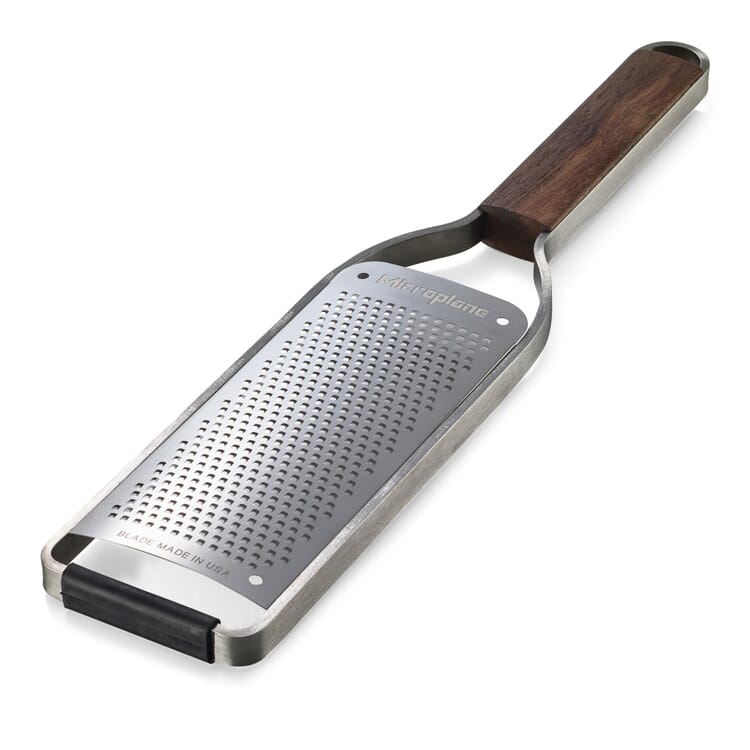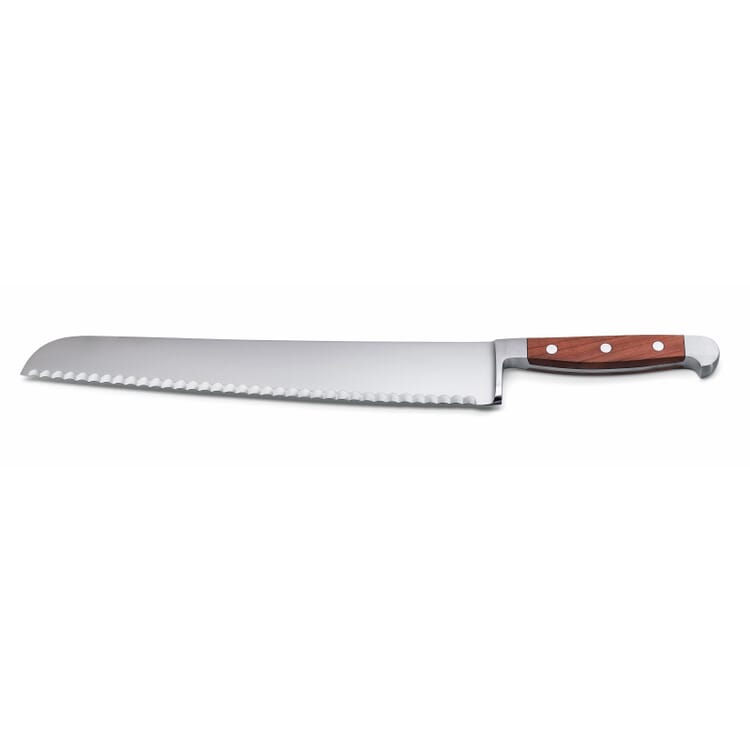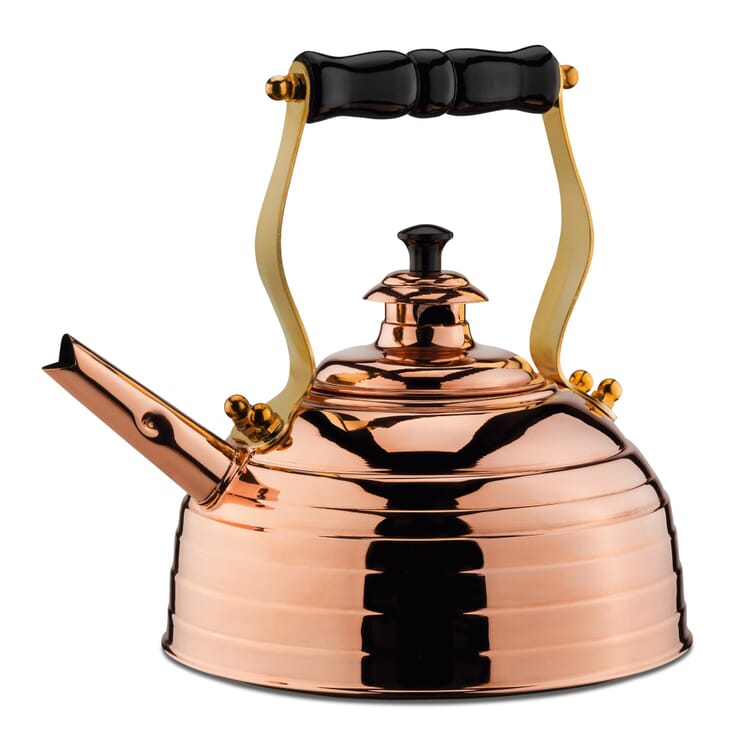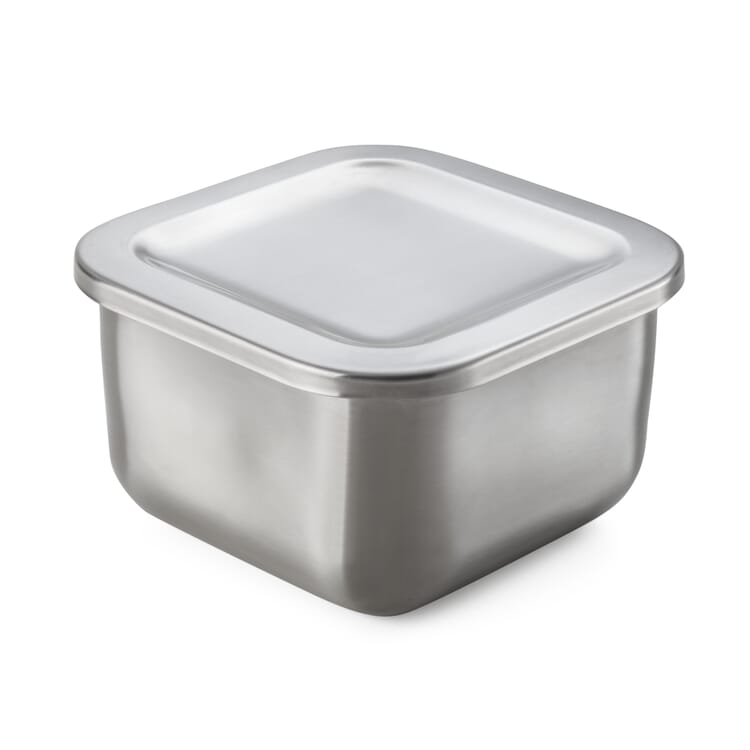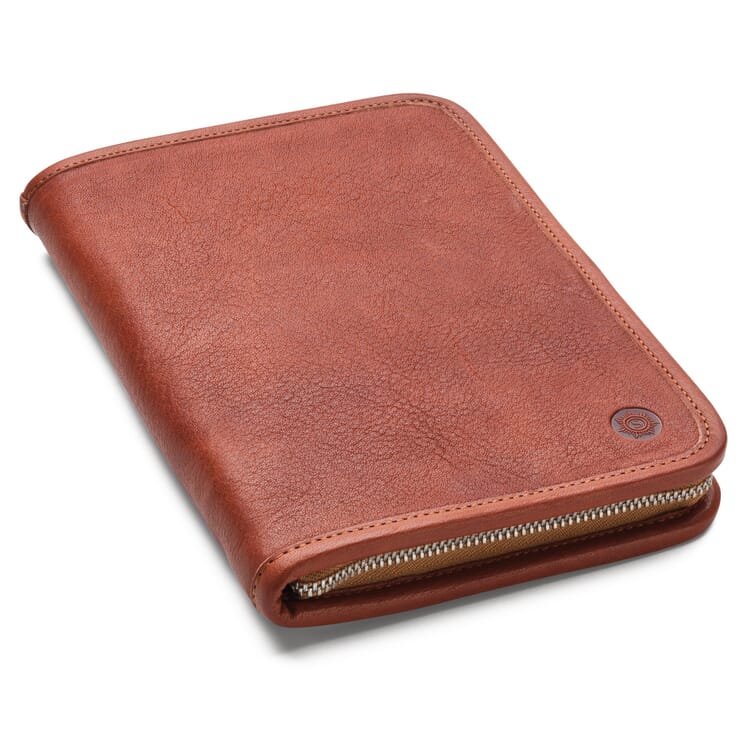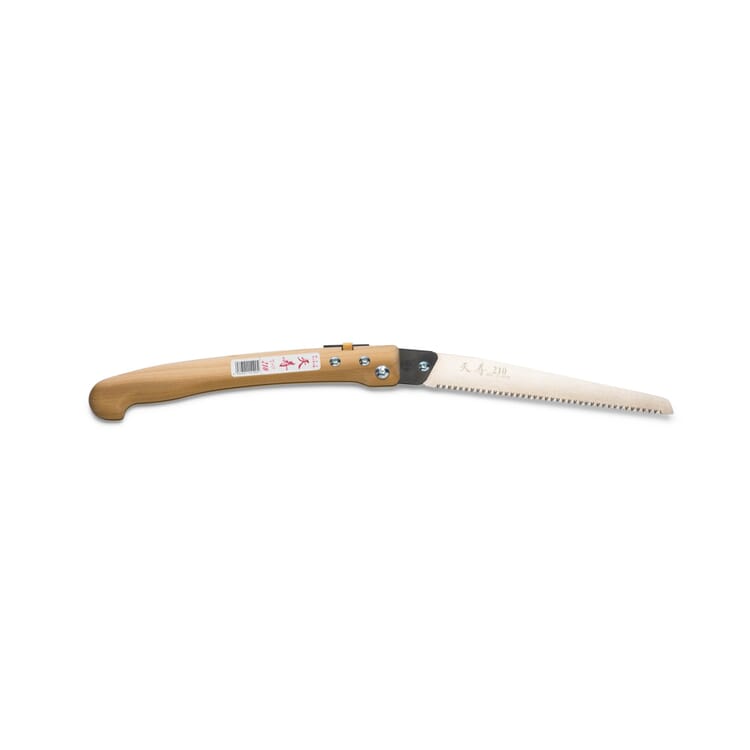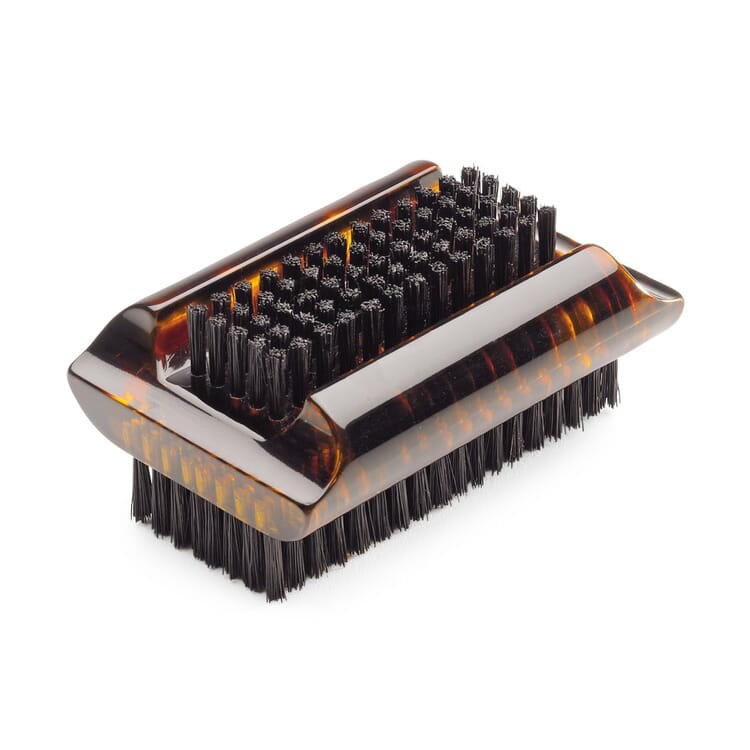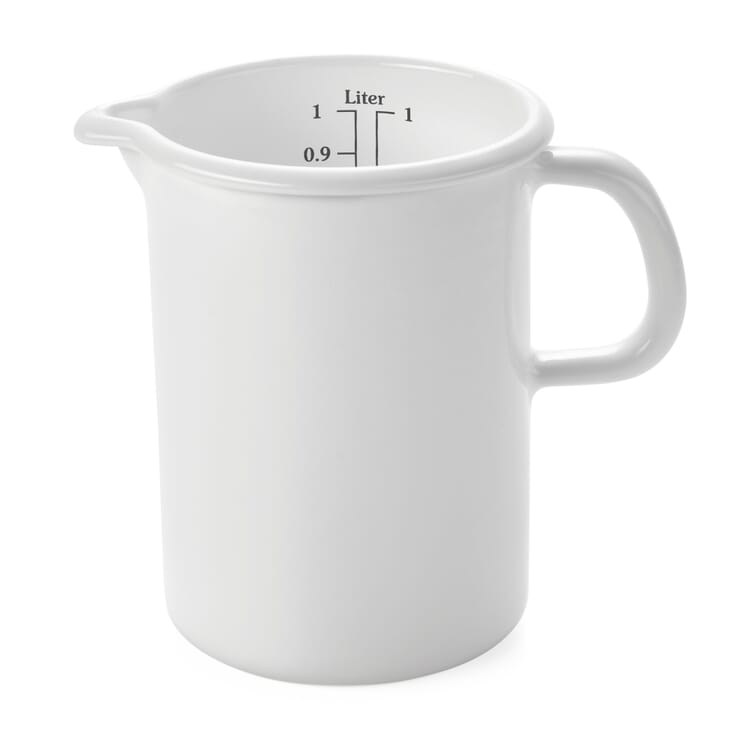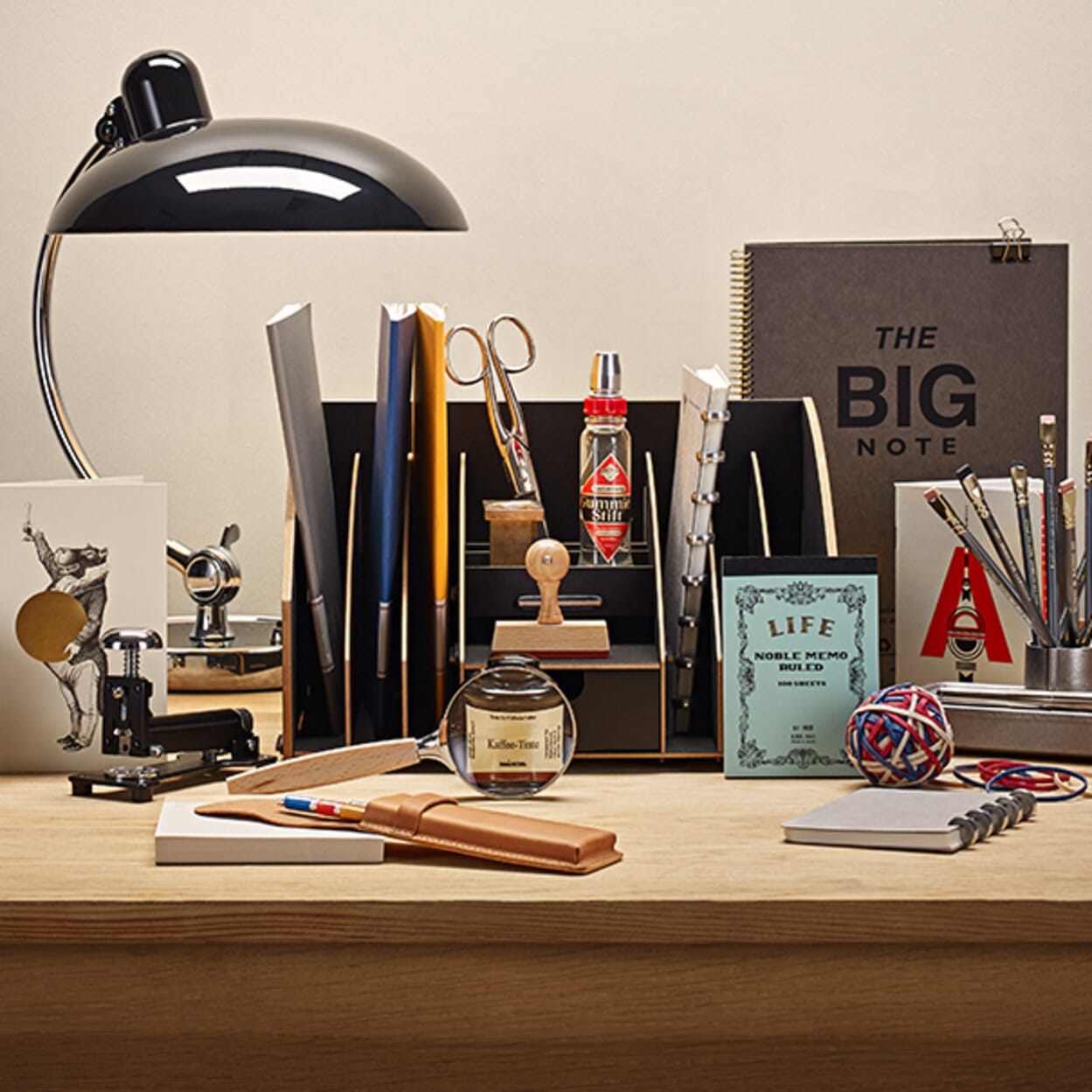- For creative people
- For the playful
- For epicureans
- For energetic
- For travel enthusiasts
- For style conscious
- For neat ones
- For design fans
- For "we don't give each other anything" types
- For "I have no wishes" types
- For "Every year the same" types
- Gifts for Him
- Gifts for Her
- Gifts for birth
- Gifts for the beginning of school
- Gifts for the topping out ceremony
- Gifts for moving in
- Secret Santa gifts
- Small Gifts
- Gifts for Hobby Chefs
- Garden
- Home & Living
- Office Supplies
- Tools
- Body Care
- Toys
- Accessories
- Menswear
- Women's clothing
- All Gifts
- Gifts under 50 €
- Gifts under 100 €
- Gifts from 100 to 200 €
- Gifts over 200 €
- Wrap gifts
- Gift packaging with upcycling potential
"Sensible" things


In philosophy, the question of reason is the supreme discipline. What constitutes it, what characterizes and advances it, is a question to which it has repeatedly devoted itself. It has devised systems, criteria, categories, schemes and much more in order to prepare the ground for reason and to put unreason in its place, not least for didactic purposes. The aim was and still is to prevent what Francisco de Goya's inscription has turned into a catchphrase: "The sleep of reason gives birth to monsters." In everyday language, however, which is not so much aimed at philosophical heights, it is not only people who can be reasonable, but also objects. For an experienced chef, a "sensible" pan can be distinguished very clearly from other pans, and a craftsman would have no other tool in his toolbox than a "sensible" hammer that meets professional standards.

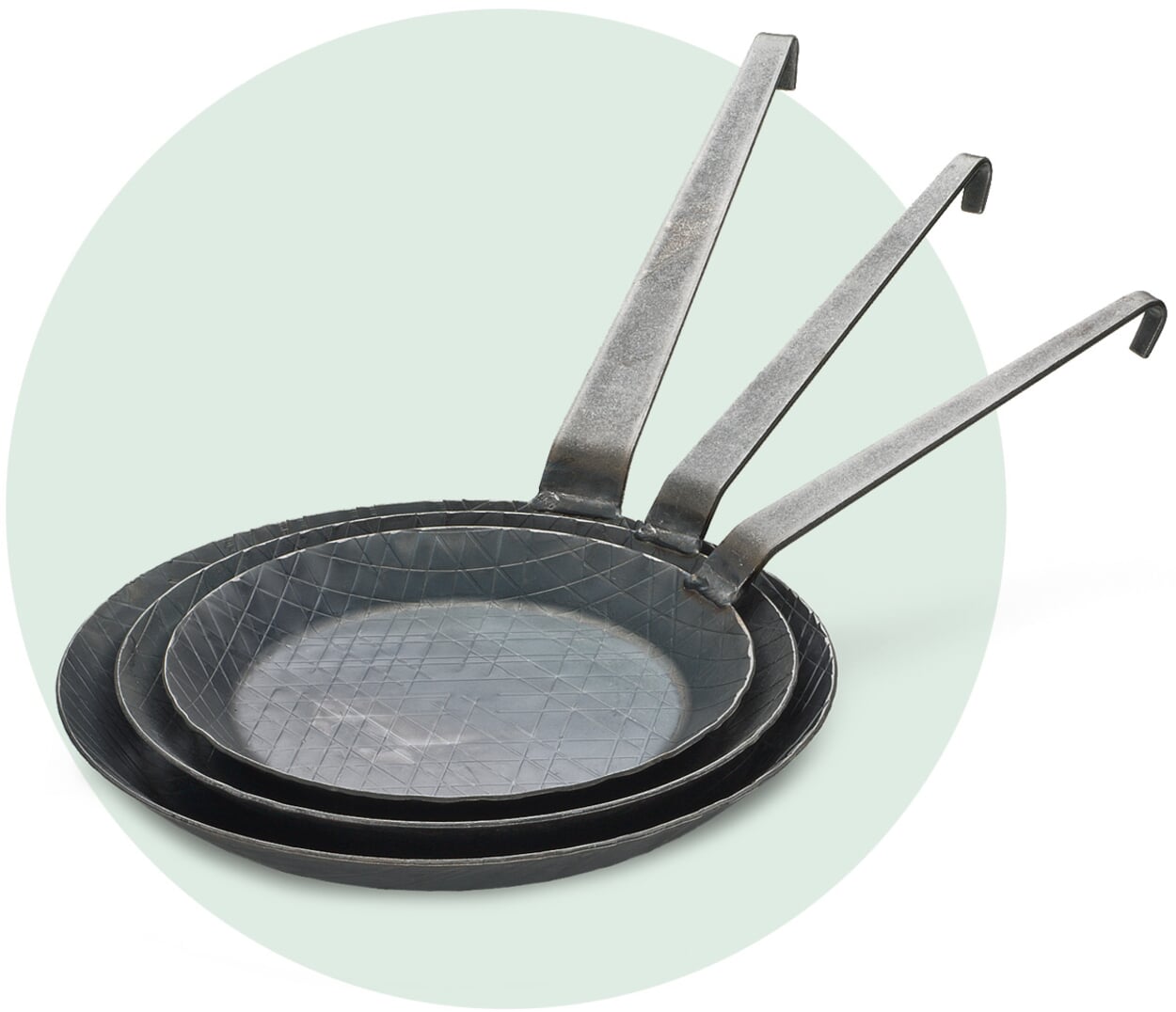
After all, there are also monsters in this field that are at best barely fit for purpose, but can also cause economic, ecological and possibly even ethical damage. Such objects must be recognized and combated not with philosophical, but with commodity knowledge - whereby commodity knowledge is not so different from philosophy, by the way, because it too insists on verifiable criteria and critically distinguishes quality features. There is a philosophical enlightenment, and there is a merchandise science one - our endeavour for over thirty years. Simple everyday objects that prove to be "sensible" in this merchandise science sense are recommended as gifts for two groups of people who, at first glance, could hardly be more dissimilar. On the one hand, they are suitable for those who find it particularly difficult to choose a gift because they seem to "already have everything". On the other hand, they are also perfect for those who "don't have anything yet" - for example, because they are starting their first household at a young age and on a limited budget.
This is because they are so uncompromising in their value that they may effortlessly displace existing, banalized (monster) variants. Alternatively, they prevent a compromise from having to be made from the outset when the purchase is necessary anyway. In both cases, they will achieve the main goal of any successful gift: to be used, and with lasting pleasure. And if a didactic goal is also achieved in the process - i.e. if the recipient's common sense is awakened or encouraged - all the more gratifying.

